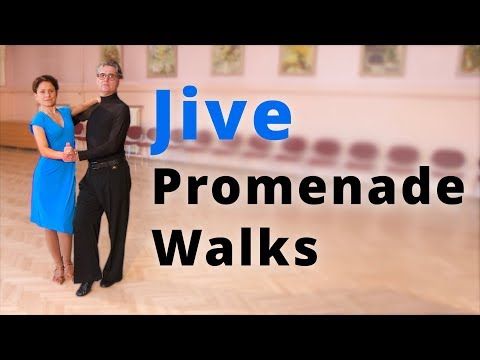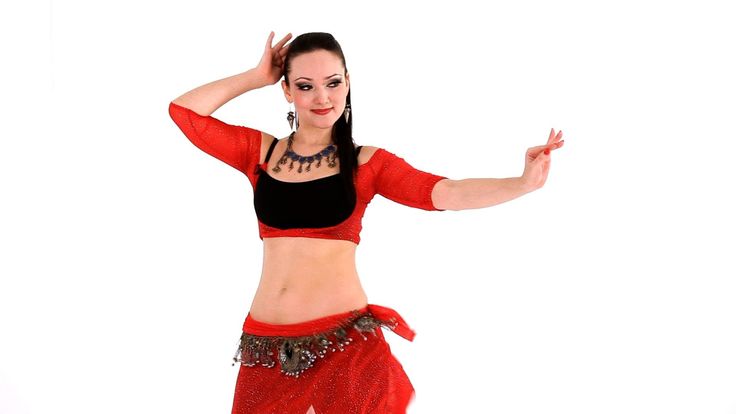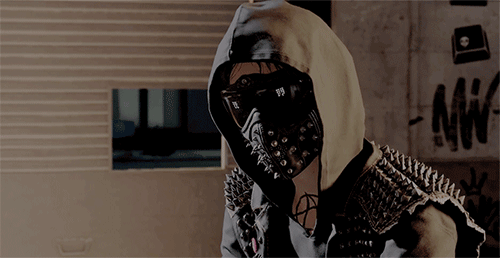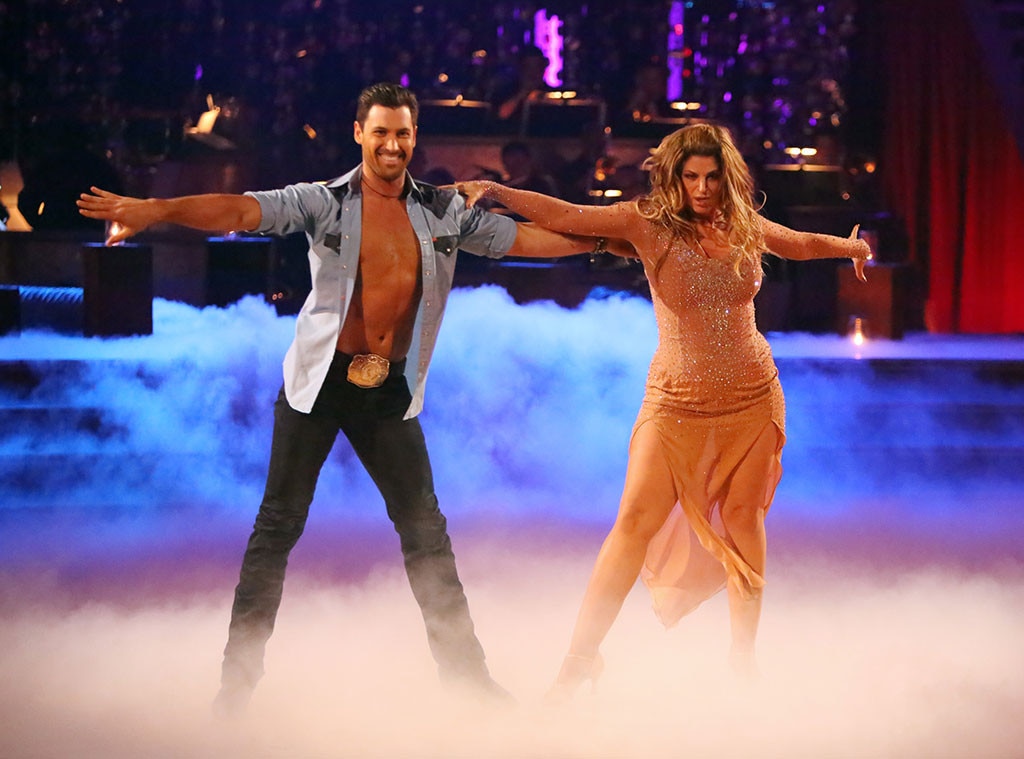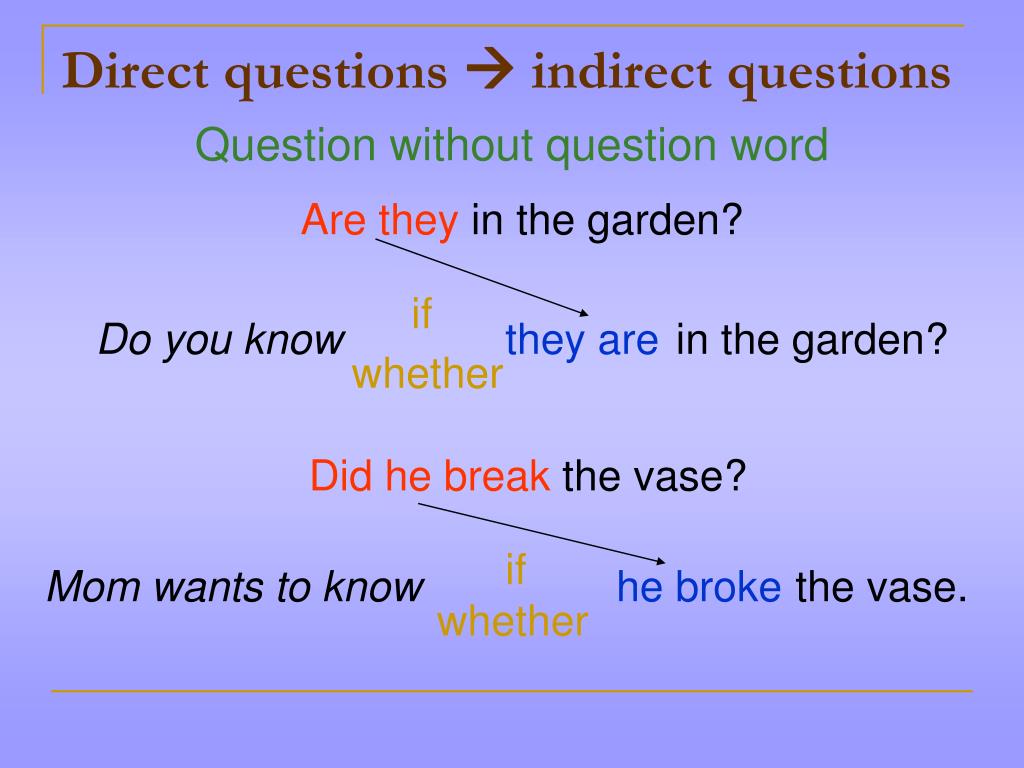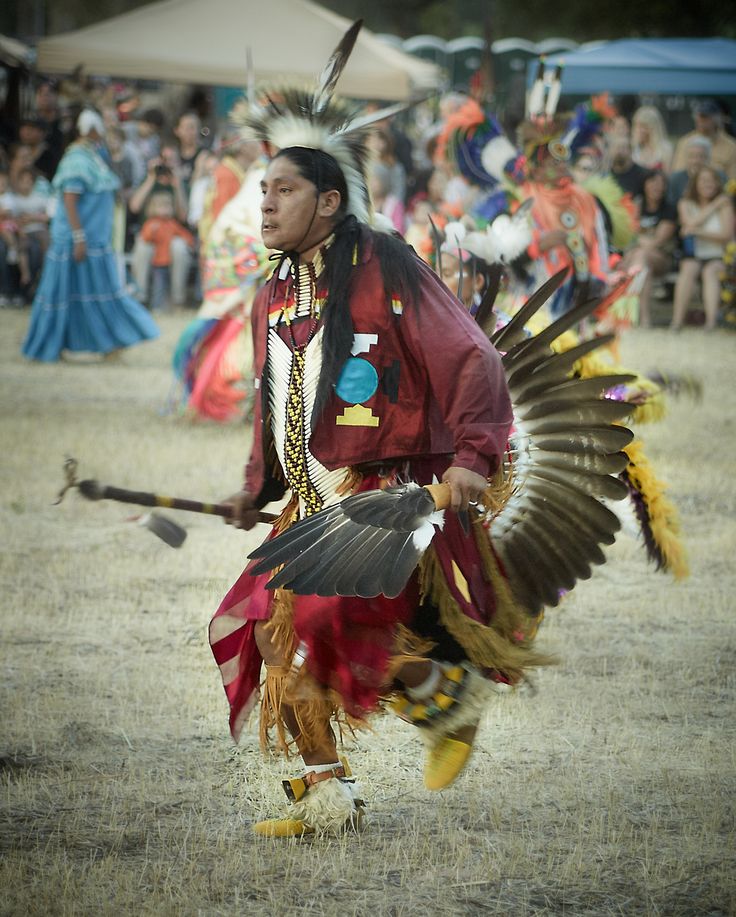How to dance the jive
Learn Basic Jive Steps
Jive is an exciting partner dance, fun, easy to learn, and playful in nature. Because it's fast and energy-consuming, it's also an excellent form of exercise. Plus, it looks great on a dance floor.
- Basic steps
- Instructions & Diagrams
- Video
- Recommended Video Lessons »
Quick intro
Jive is a faster version of swing and shares many things with it, from footwork to underarm turns, swivels, etc. It evolved from early swing dances like Boogie-Woogie and Jitterbug. During WWII American soldiers introduced it to Europe, especially UK, where it became very popular with the youth. In 1968 it was added as the fifth Latin dance in International competitions.
It's a very boppy dance where dancers use more bouncy movements, lifting the knees and bending or rocking the hips. A lot of kicks are used. It's one the most energetic of all the dances.
Jive is generally danced to a music in 4/4 time in a wide variety of tempos from slow to very fast. The great thing about it is that it can be danced to all sorts of music - old, new, Swing, Rocknroll, Country, electronic, pop...
It's a dance for everyone, easy to learn, relaxed, lots of fun, and extremely social. It is the fastest of the Latin dances and will give you a great cardio workout. What a fantastic way to get and stay in shape. Now grab your dancing shoes and get jiving!
Basic steps
The basic steps for jive are based on a simple six beat sequence: 1-2-3-a-4-5-a-6. The count begins with the rock step (left foot step back, right foot in place), followed by the two triple steps (chasse) that are counted: 3-a-4, 5-a-6.
The Rock Step is simply changing weight from one foot to the other, except that it is taking a little step back, instead of to the side. A chasse is a series of three steps to the side.
Jive is generally danced to music with four beats to the bar that usually contains bouncy rhythms and easy melodies. The basic step (for men) starts with a rock step (changing weight from one foot to the other) followed by triple step to the left (left, right, left) and triple step to the right (right, left, right). The lady mirrors the man. Remember, the timing is - 1, 2, 3 & 4, 5 & 6.
The basic step (for men) starts with a rock step (changing weight from one foot to the other) followed by triple step to the left (left, right, left) and triple step to the right (right, left, right). The lady mirrors the man. Remember, the timing is - 1, 2, 3 & 4, 5 & 6.
Instructions & Diagrams:
Jive is danced with the lady and man facing each other. The man's left hand loosely holds the lady's right hand. The man leads starting with his left foot and the lady follows his movements.
Basic Men's Steps
- Step back with your left foot (Rock step)
- Right foot in place, weight shifts to it
- Sidestep to the left with your left foot (Chasse to the left)
- Move your right foot to your left foot
- Sidestep to the left with your left foot
- Right foot in place, weight shifts to it (Chasse to the right)
- Sidestep to the right with your left foot
- Sidestep to the right with your right foot
Basic Lady's Steps
- Step back with your right foot (Rock step)
- Left foot in place, weight shifts to it
- Sidestep to the right with your right foot (Chasse to the right)
- Move your left foot to your right foot
- Sidestep to the right with your right foot
- Left foot in place, weight shifts to it (Chasse to the left)
- Sidestep to the left with your right foot
- Sidestep to the left with your left foot
Practice these steps until you are able to do them in time with music.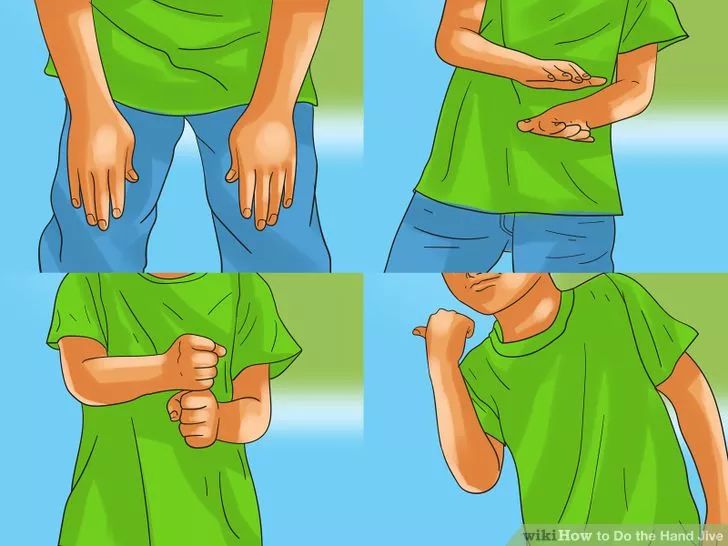 Don't forget to count: 1-2-3-a-4-5-a-6.
Don't forget to count: 1-2-3-a-4-5-a-6.
Video
In this video you will learn the basic step plus the underarm turn. Can you do it as fast as in the video:
more videos »
Looking for more video lessons? We recommend these »
Jive | Bella Ballroom
The Jive is lively and fast-paced dance that is typically danced to up-beat swing or contemporary music. In the competitive ballroom dancing communities, the Jive is considered a Latin dance, however, it also belongs to the swing dancing family. It’s a popular dance on shows such as, “So You Think You Can Dance” and “Dancing with the Stars.”
History of the Jive:
The Jive has been around for nearly one hundred years, and has evolved and changed throughout its lifetime. When looking at the history of Jive dancing it’s important to note that it’s development in each country and within each generation has varied so it is not uncommon to get different answers when you ask people what the Jive is. There are at least three different main threads of the Jive. The first style is celebrated by those who love the music, fashion, and style of the traditional style of Jive which has also been called Lindy Hop, Jitterbug, and Rock ‘n Roll, among other names. Another style of the Jive is Ballroom Jive and is danced in ballrooms and ballroom dance studios. The third style of the Jive is danced at local dance clubs and is known Modern Jive, Ceroc, Le Roc or French Jive.
There are at least three different main threads of the Jive. The first style is celebrated by those who love the music, fashion, and style of the traditional style of Jive which has also been called Lindy Hop, Jitterbug, and Rock ‘n Roll, among other names. Another style of the Jive is Ballroom Jive and is danced in ballrooms and ballroom dance studios. The third style of the Jive is danced at local dance clubs and is known Modern Jive, Ceroc, Le Roc or French Jive.
The strongest and oldest dance lineage of the Jive dates back to the dance genre known as Lindy Hop. The Lindy Hop was first named in 1927. Lindy Hop drew on previously existing dance styles and combined them in a unique manner that combined both open and closed positions with dancer’s improvisations to the syncopated rhythms of swing music.
The word “jive” was slang often associated swing music and early jazz, as well as imitation, exaggeration, and foolish talk. It’s possible the word “jive” came from the English “Jibe,” meaning to change course by swinging a sail across a following wind, or the West African “jev.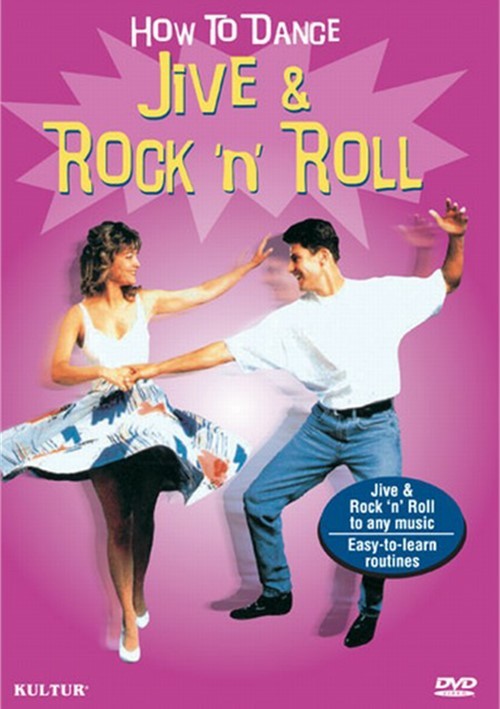 ” The phrase “they’re just jiving,” meaning they’re just fooling around, was probably mistaken to mean the actual name of a dance. The singer and bandleader Cab Calloway made the word more widely known to the public when he associated it with swing and published it in the first African-American slang dictionary. The New Cab Calloway’s Hepsters Dictionary: The Language of Jive was published in 1938, but the word “Jive” was associated with the dance closer to 1934. The Jive was also called the “Jitterbug Jive” and was a category of dance in the 1935 dance competitions hosted in New York City at the annual “Harvest Moon Ball.” The word “Jitterbug,” is believed to be coined by Cab Calloway’s band’s trombonist Harry White who described dancers as moving “like the frenzy of jittering bugs.” Later, trumpeter Edwin Swaysee wrote a song titled “Jitterbug” that became a huge hit and made “Jitterbug” a household name.
” The phrase “they’re just jiving,” meaning they’re just fooling around, was probably mistaken to mean the actual name of a dance. The singer and bandleader Cab Calloway made the word more widely known to the public when he associated it with swing and published it in the first African-American slang dictionary. The New Cab Calloway’s Hepsters Dictionary: The Language of Jive was published in 1938, but the word “Jive” was associated with the dance closer to 1934. The Jive was also called the “Jitterbug Jive” and was a category of dance in the 1935 dance competitions hosted in New York City at the annual “Harvest Moon Ball.” The word “Jitterbug,” is believed to be coined by Cab Calloway’s band’s trombonist Harry White who described dancers as moving “like the frenzy of jittering bugs.” Later, trumpeter Edwin Swaysee wrote a song titled “Jitterbug” that became a huge hit and made “Jitterbug” a household name.
Throughout the 1930s, the Jitterbug Jive expanded into different styles including dances that added six-beat patterns and adapted to various speeds of music.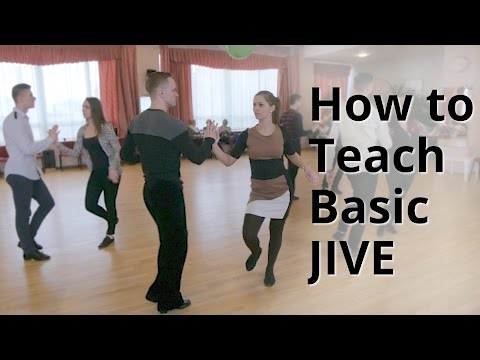 Dancers began to include personal touches including tap steps, jazz moves, acrobatics, ariels and more. The 1940s brought a lot of change to the Jive. American GIs increased the influence of American Jive on Europe. The UK developed a style of Jive in the 1940s that was simpler and used mostly six or four beat patterns with lots of repetition. In the U.S., the dance continued to evolve in a variety of directions. The region, music style, and dancers influenced the Jive informally in dance halls and more formally in dance schools. The “Jive,” also known as “Jitterbug”, began to be called “Rock ‘n’ Roll” as Bill Haley’s hit record Rock Around the Clock released in 1956.
Dancers began to include personal touches including tap steps, jazz moves, acrobatics, ariels and more. The 1940s brought a lot of change to the Jive. American GIs increased the influence of American Jive on Europe. The UK developed a style of Jive in the 1940s that was simpler and used mostly six or four beat patterns with lots of repetition. In the U.S., the dance continued to evolve in a variety of directions. The region, music style, and dancers influenced the Jive informally in dance halls and more formally in dance schools. The “Jive,” also known as “Jitterbug”, began to be called “Rock ‘n’ Roll” as Bill Haley’s hit record Rock Around the Clock released in 1956.
Jive dancing continued to develop and evolve spawning different styles and dance techniques in the various countries the popular dance became known in around the world.
Jive Dance Today
“Jive” is still often used as a generic term to describe the various styles of swing dancing. Jive dancing has evolved to adopt moves and influences from Lindy Hop, swing, boogie-woogie, B-bop, Le Pop, Rock ‘n Roll, Hustle, Hollywood style, West Coast Swing, Shag, Push, Whip, Jitterbug, Disco and more.
In competitive ballroom dancing, the Jive is one of five International Latin dances. Many of its basic patterns are similar to those of the East Coast Swing, but the Jive tends to be danced to a faster and highly syncopated rhythm. The Jive has a high lift of the knees, upbeat steps and swinging hip motion. Often times, dancers competing in the International Latin dances will compete in samba, rumba, paso doble, and Cha Cha before having their stamina tested in a Jive dance. Today the Jive is controlled by organizations like ISTD, IDTA, and UKA. These organizations all have their own syllabus for the Jive to provide framework for competing dancers so they can be awarded bronze, silver, and gold medals acknowledging their skills worldwide. In general, Ballroom Jive is taught along with the rest of the Latin American syllabus.
Today, the Jive is embraced in a variety of forms under a variety of names. The dance continues to evolve with the changing music industry. “Modern Jive” includes dances known as “Ceroc,” “Le Rock,” “Le Jive,” “Mo’jive,” “Salsa-Jive,’ “Smooth Jive,” “Le Bop,” “Cool Jive,” “Le Step,” “Night Club Jive” among others that are being created.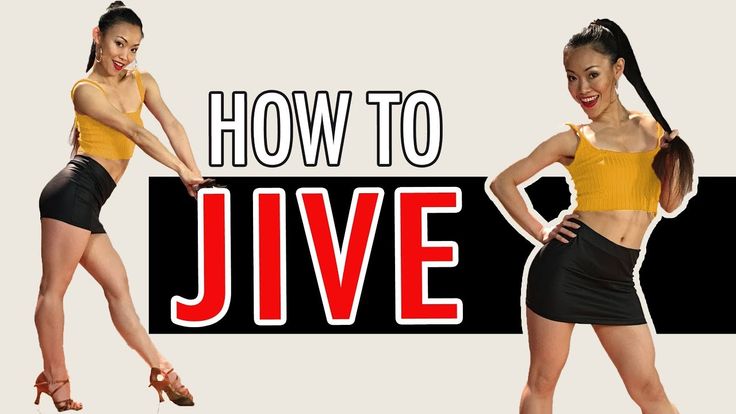 While some dancer embraces the emerging styles of the jive, others continue to hold on to the traditional styling of the dance.
While some dancer embraces the emerging styles of the jive, others continue to hold on to the traditional styling of the dance.
Jive Dance Music
- “In the Mood” Glen Miller Orchestra
- “Big Time Operator” Big Bad Voodoo Daddy
- “Candy Man” Christina Aguilera
- “Let’s Do It Again” Kevin Mark
- “The Walkin’ Song” Royal Crown Revue
- “Whistle Stop” Louis Prima
- “Tennessee” Bob Sinclar
- “C’est La Vie” Bob Seger
- “Moves Like Jagger” Maroon 5 featuring Christina Aguilera
- “Wake Me Up” Helene Fischer
- “Workin’ For a Livin’” Huey Lewis & the News
- “Runaround Sue” Dion
- “Wade in Water” Eva Cassidy
- “Drive By” Train
- “Goodbye to You” Scandal
- “Roll Over Beethoven” The Beatles
- “Domino” Jessie J
- “Need You Now” Lady Antebellum
- “I Saw Her Standing There” The Beatles
- “Sk8er Boi” Avril Lavigne
- “Rock & Roll Music” Chuck Berry
- “I’m a Believer” Smash Mouth
- “Willie and the Hand Jive” Johnny Otis
- “Let the Little Girl Dance” Carl Glover
- “The Girl’s Gone Wild” Travis Tritt
- “Get a Job” The Silhouettes
- “Jump Jive An’ Wail” The Brian Setzer Orchestra
- “Rock Around the Clock” Bill Haley & The Comets
- “Your Mama Don’t Dance” Poison
- “Crazy Little Thing Called Love” Queen
- “Hit The Road Jack” Buster Poindexter
- “Fun Fun Fun” The Beach Boys
- “Heat Wave” Marth & the Vandellas
- “Goody Two Shoes” Adam Ant
- “Blurred Lines” Robin Thicke
- “Walks Like Rihanna” The Wanted
- “I Love It “ Icona Pop
- “Mercy” Duffy
- “Swing the Mood” Jive Bunny & the Mastermixers
- “All Shook Up” Elvis Presley
Jive - how to dance correctly
Ballroom dancers are well acquainted with jive, because the dance is included in the mandatory Latin program.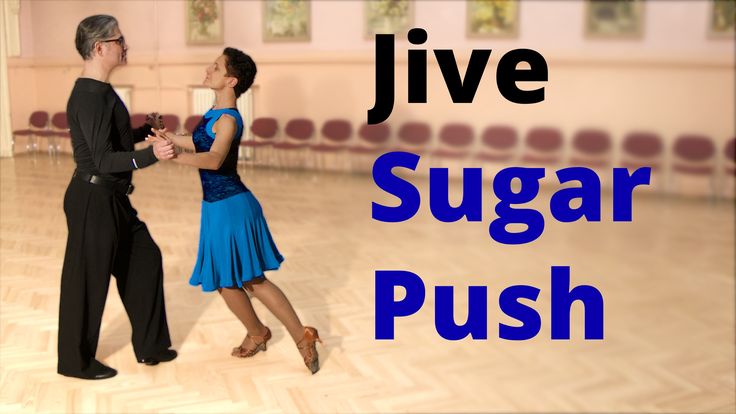 In addition, it is the jive that is performed last, acting as the culmination of the whole show. But not only the ball dancers have an idea about this dance, because rock and roll, seen in the movies, is a close relative of the jive and consists of similar figures. We offer several recommendations on the topic: jive - how to dance correctly.
In addition, it is the jive that is performed last, acting as the culmination of the whole show. But not only the ball dancers have an idea about this dance, because rock and roll, seen in the movies, is a close relative of the jive and consists of similar figures. We offer several recommendations on the topic: jive - how to dance correctly.
Dance etiquette and partners
Basic jive movements can be found in the video tutorials on our website, so we would like to pay attention to another aspect of the dance. There are two types of jive, one is faster and more agile, seen in Latin competitions, and the other is slower and more secular (social). It is secular dance that is most interesting to a wide range of people, as it develops the skill of communication and dancing with different partners. According to social dance etiquette, you can change partners as often as you like. Previously, only an invitation from a man was considered acceptable, and a partner could dance with one partner no more than three or four dances in an evening.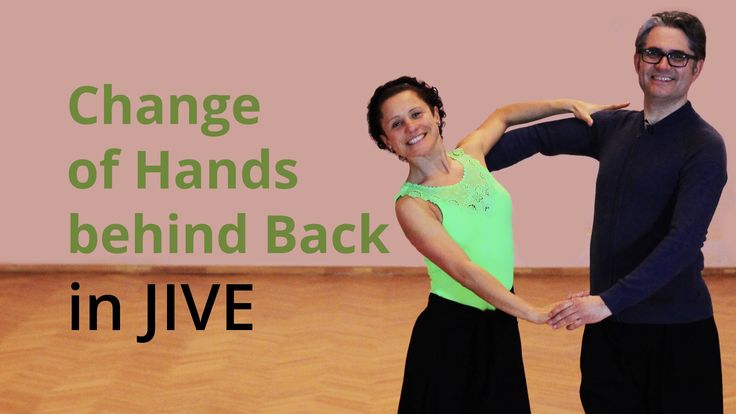 In the 21st century, these rules have lost their force, although in certain circles it is still believed that a man should choose a partner. Given the lack of dancing men, the women's initiative becomes a guarantee that the partner will even take to the floor. There is an additional recommendation in this regard: do not be afraid to dance with beginners. Men who dance with novice partners note that you can simply switch to dancing without complicating it with advanced movements and techniques, this allows you to relax in a sense. For girls, dancing with a novice partner can be a great investment for the future: when after a while, a man gains a high technical level, he will prefer "familiar" partners. nine0003
In the 21st century, these rules have lost their force, although in certain circles it is still believed that a man should choose a partner. Given the lack of dancing men, the women's initiative becomes a guarantee that the partner will even take to the floor. There is an additional recommendation in this regard: do not be afraid to dance with beginners. Men who dance with novice partners note that you can simply switch to dancing without complicating it with advanced movements and techniques, this allows you to relax in a sense. For girls, dancing with a novice partner can be a great investment for the future: when after a while, a man gains a high technical level, he will prefer "familiar" partners. nine0003
Music
Listen to jive music in your spare time, you will get used to it and begin to feel the rhythm better. When the music is familiar to you, let the body follow it, because that is the main purpose of jive dance. It's better to do simple moves that hit the beat perfectly than complex moves that don't. The main thing for beginning dancers is to feel the rhythm; do not try to raise your hand in time or put your foot in time, the movements should be a continuation of the music and your body. We remind you that all accents in jive go to an even count. Another recommendation: feel the rhythm of your heartbeat before you go dancing, you will be able to achieve the best results if you feel your inner pulse and synchronize it with the rhythm of the music. If, at the same time, you can feel the inner pulse of your partner, then the dance will give you a very special feeling (from the outside you will look like a harmonious couple, where the movements of one partner flow into the movements of the other and all this is in the rhythm of the music). nine0003
The main thing for beginning dancers is to feel the rhythm; do not try to raise your hand in time or put your foot in time, the movements should be a continuation of the music and your body. We remind you that all accents in jive go to an even count. Another recommendation: feel the rhythm of your heartbeat before you go dancing, you will be able to achieve the best results if you feel your inner pulse and synchronize it with the rhythm of the music. If, at the same time, you can feel the inner pulse of your partner, then the dance will give you a very special feeling (from the outside you will look like a harmonious couple, where the movements of one partner flow into the movements of the other and all this is in the rhythm of the music). nine0003
Warm muscles
To jive properly, you need to warm up. Experienced dancers do a warm-up that involves all muscle groups. For beginners, we recommend starting each dance class with a few stretches and turns (single and double). The difference during jive performance will be noticeable. When it is not possible to warm up (for example, at a jive party), start the dance with a slow rhythm and simple movements, then you and your partner will have the opportunity to warm up and move on to more complex figures and their combinations. We would like to note that different dancers have a different warm-up threshold, men should remember this, because it is they who set the rhythm and level of complexity of the dance. nine0003
When it is not possible to warm up (for example, at a jive party), start the dance with a slow rhythm and simple movements, then you and your partner will have the opportunity to warm up and move on to more complex figures and their combinations. We would like to note that different dancers have a different warm-up threshold, men should remember this, because it is they who set the rhythm and level of complexity of the dance. nine0003
Jive (Latin American Dance Program)
Rhythm. Even counts 2 and 4 are allocated within a measure. Highlight the first count and then all the even ones, emphasize with a voice with an accent
How it works
Through the bottom, with pressure on the floor, with a feeling of weight transfer from foot to foot and a swing movement in the body and good deep work of the knees.
Rock (swing) and steps to the side. The basic jive step is the meringue step.
- Position on the pads slightly forward of the body - Correct positioning of the body, body slightly forward, make a booklet, straighten the supporting knee - Stop at the level of the knee on the "pass" -
Position in a pair
In a closed position, partners stand at some distance opposite each other. The partner's right hand lies, clasping the partner's left shoulder blade, and her left hand is freely placed on top of the partner's right hand on the edge of his right shoulder. The bend of the partner's hand then repeats the bend of the partner's hand. Keeping the left elbow at the same height as the right elbow, the partner raises his left hand so that his palms are at eye level, and takes the partner’s right hand into it. The partner's left arm should be slightly bent. The partner should offer his left hand to the partner in a gesture similar to the gesture of a policeman stopping traffic at an intersection. The thumb is naturally set aside. The partner puts the middle finger of her right hand between the thumb and other fingers of the partner, palm to palm. Then she lowers her index and ring fingers, and only after that - the little finger. He wraps his thumb around the base of the partner's thumb, after which the partner wraps his fingers around the partner's hand, slightly squeezing them.
The partner's right hand lies, clasping the partner's left shoulder blade, and her left hand is freely placed on top of the partner's right hand on the edge of his right shoulder. The bend of the partner's hand then repeats the bend of the partner's hand. Keeping the left elbow at the same height as the right elbow, the partner raises his left hand so that his palms are at eye level, and takes the partner’s right hand into it. The partner's left arm should be slightly bent. The partner should offer his left hand to the partner in a gesture similar to the gesture of a policeman stopping traffic at an intersection. The thumb is naturally set aside. The partner puts the middle finger of her right hand between the thumb and other fingers of the partner, palm to palm. Then she lowers her index and ring fingers, and only after that - the little finger. He wraps his thumb around the base of the partner's thumb, after which the partner wraps his fingers around the partner's hand, slightly squeezing them.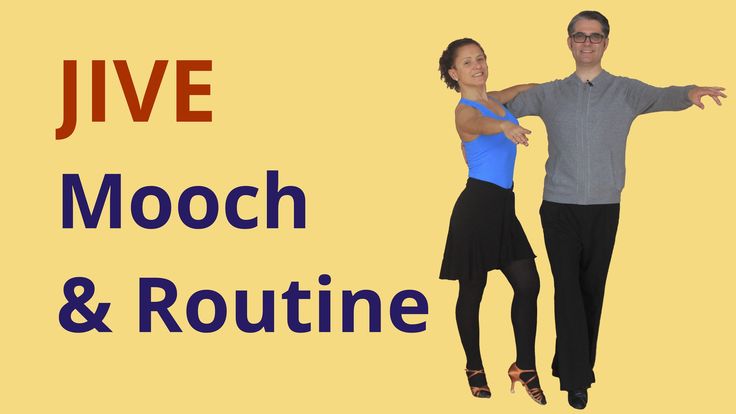 The partner's right hand repeats the bend of the partner's left hand. nine0003
The partner's right hand repeats the bend of the partner's left hand. nine0003
Steps
Basic steps consist of a fast syncopated chassé (step, prefix, step) to the left and right, along with a slower back and forward step. The hips are displayed at the expense of "and". After each step, the weight is in front, and all steps are taken from the toe. Different step lengths on the highway will help with the bills.
In the highway through the inside of the foot we advance. Rib down knee up.
Hands
Isolation is appreciated (you can exercise with a filled glass of water). At the top, there should be no reaction to the dance below. nine0003
- Exercise alternately raising the knees - Always the body in an inclination, hanging over the pads, it is permissible to slip a little on the supporting leg.
- Foot close position select count 2 (as time step cha cha), weight press on the ball of the free foot, quickly press the foot, twisting twist in the hips for acceleration.